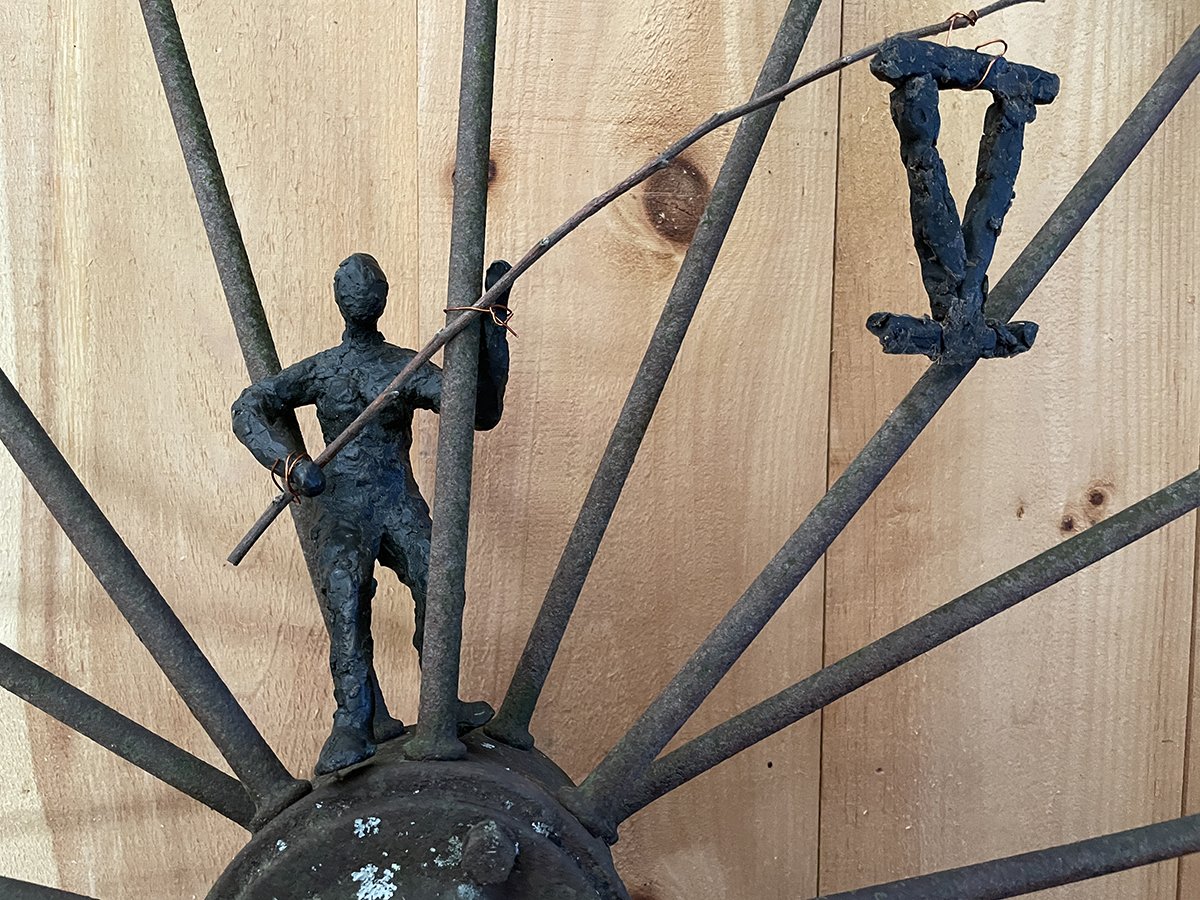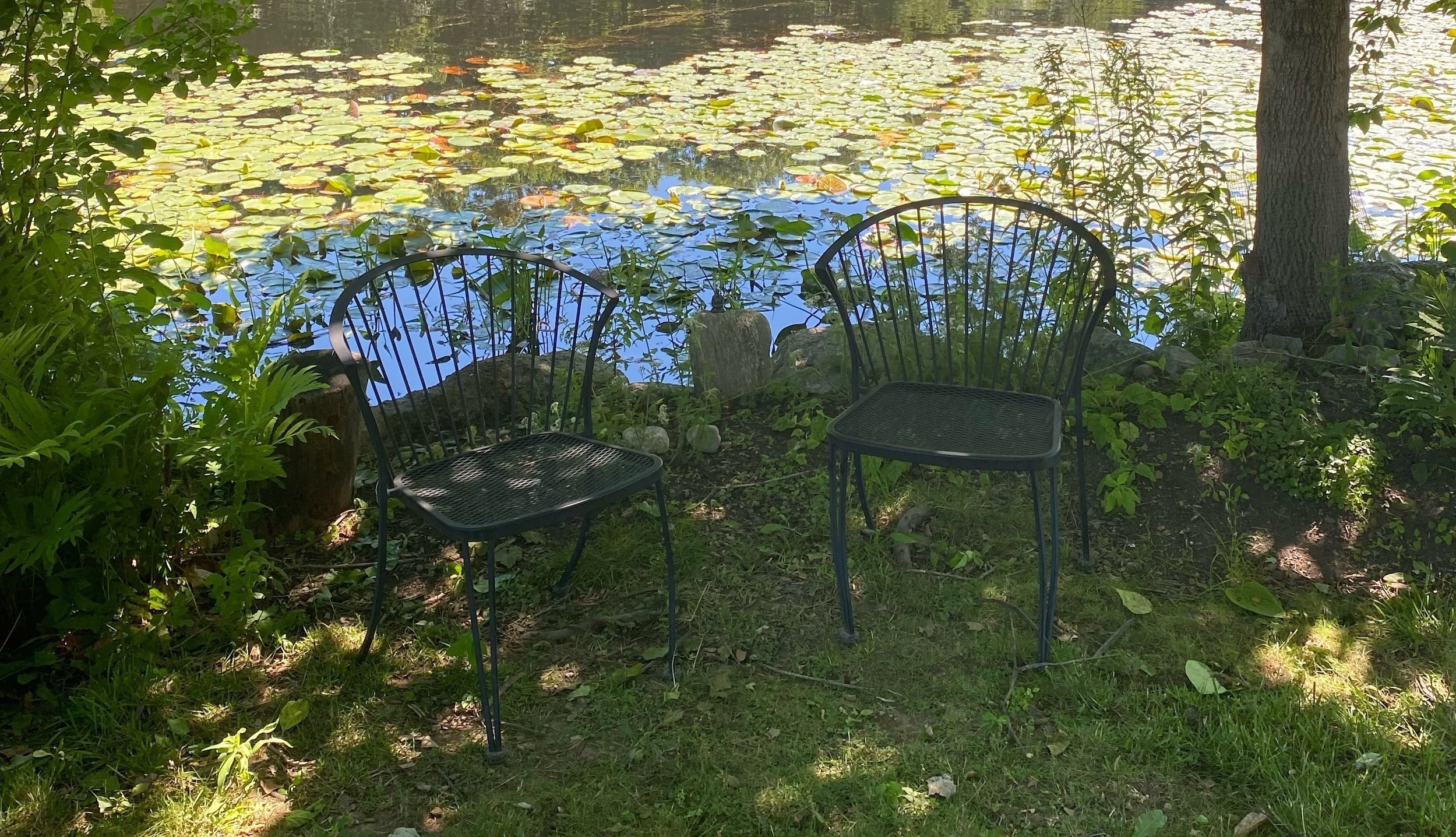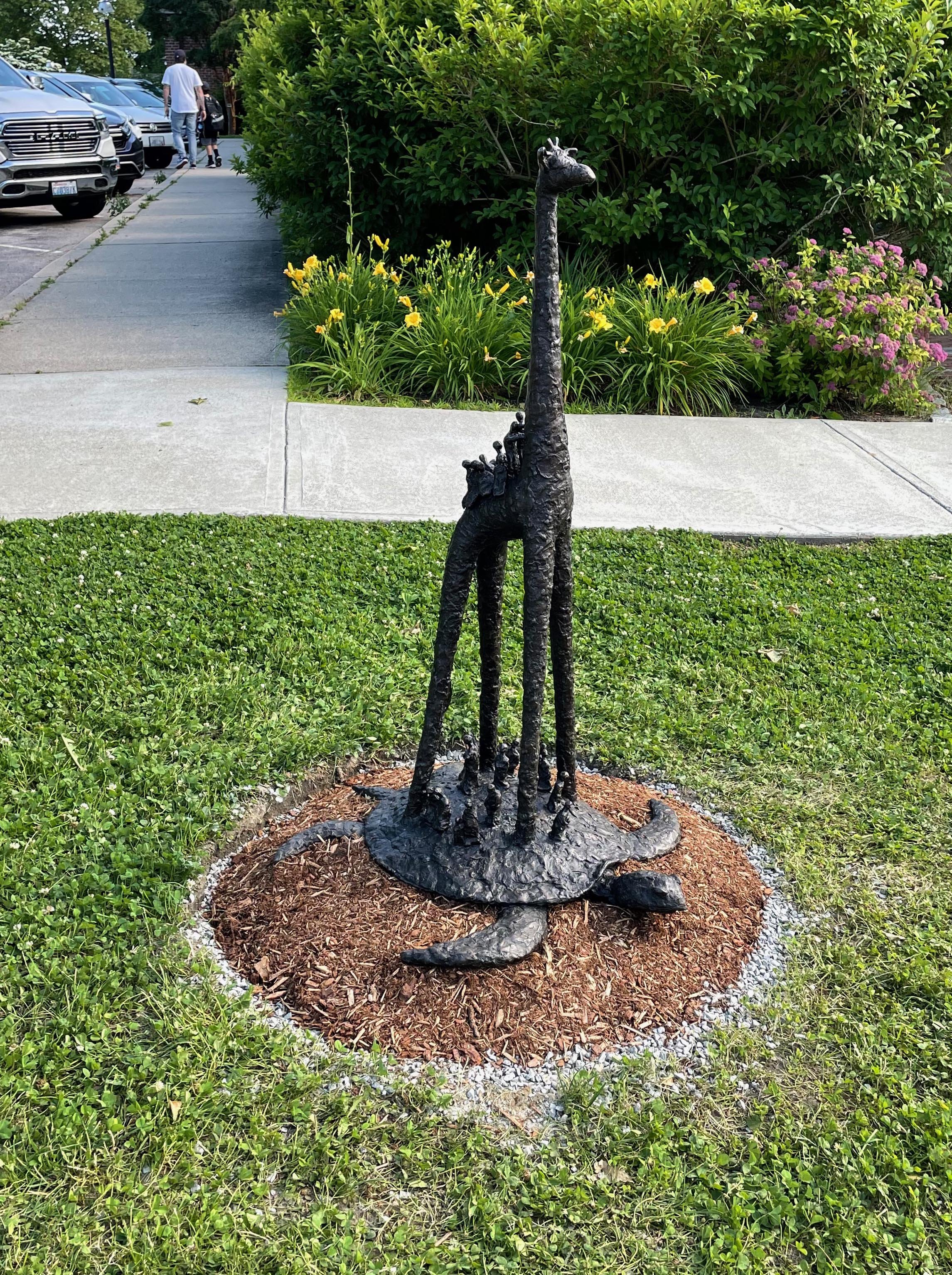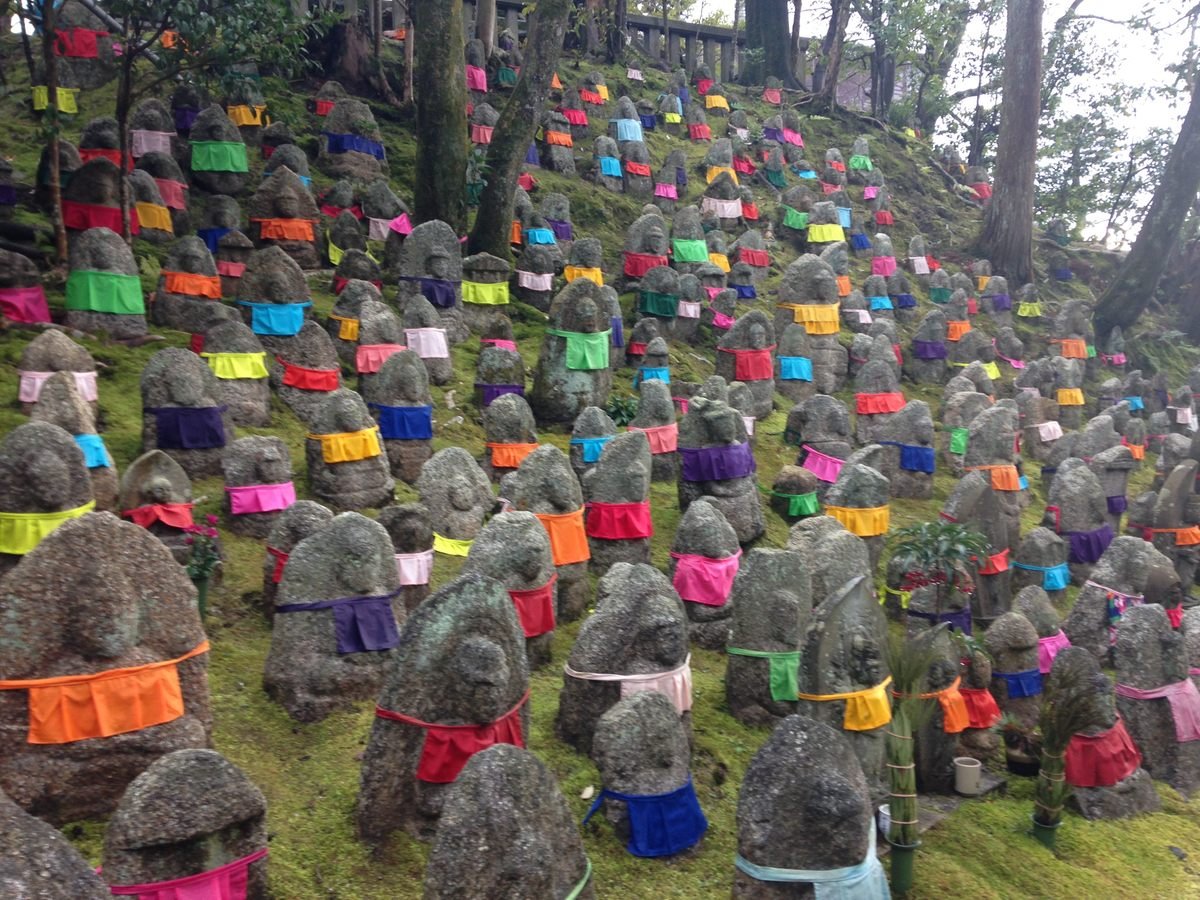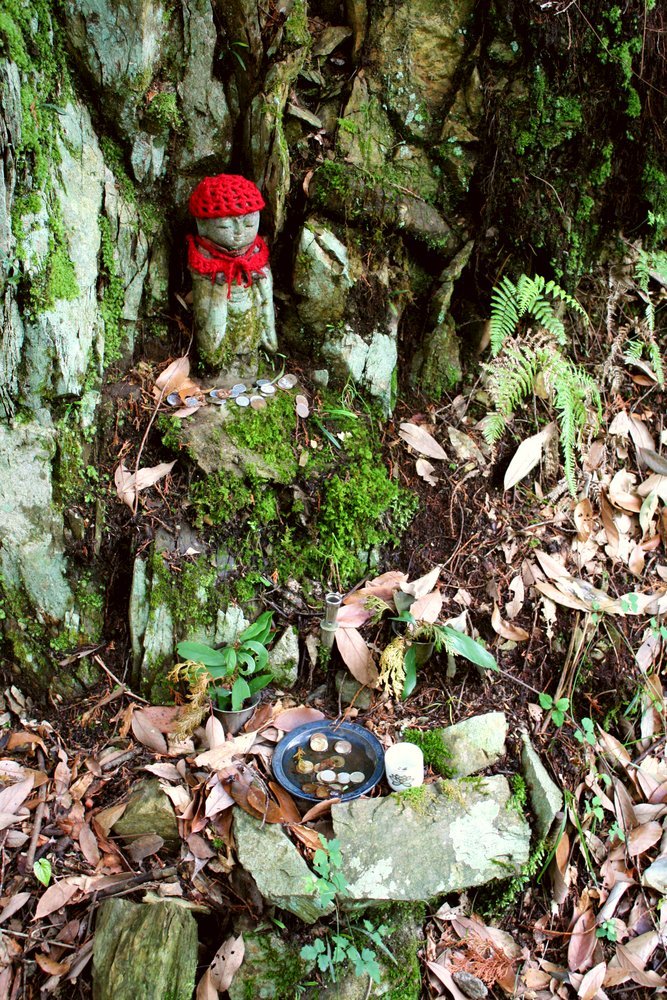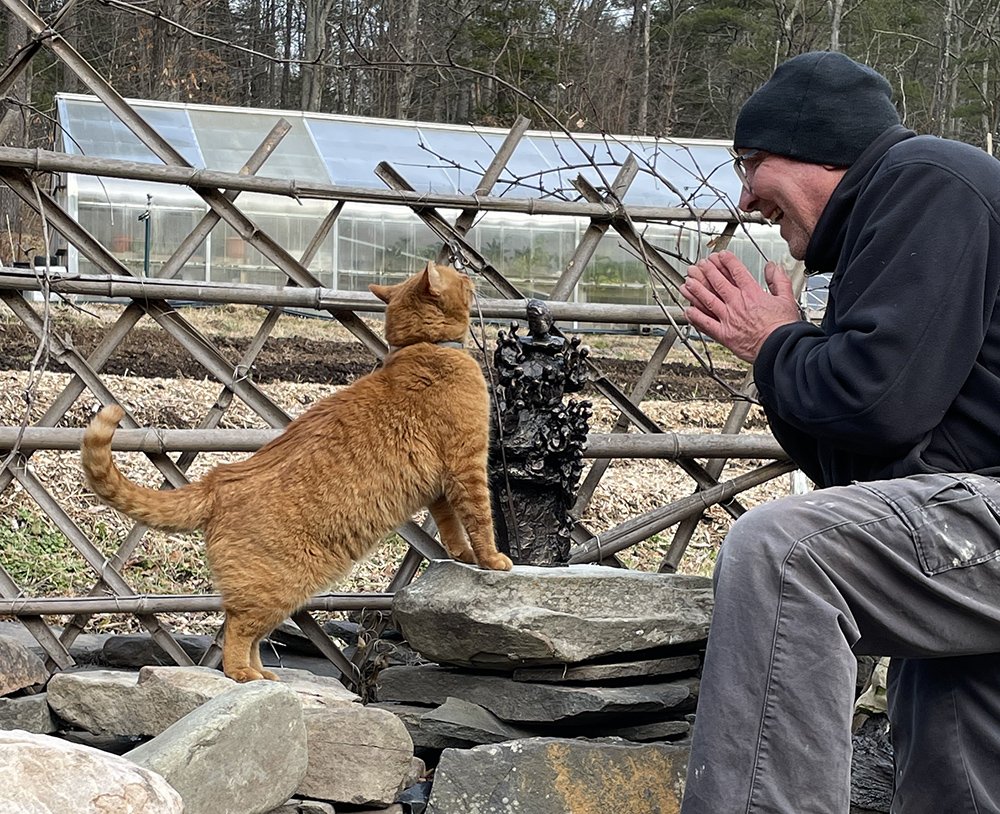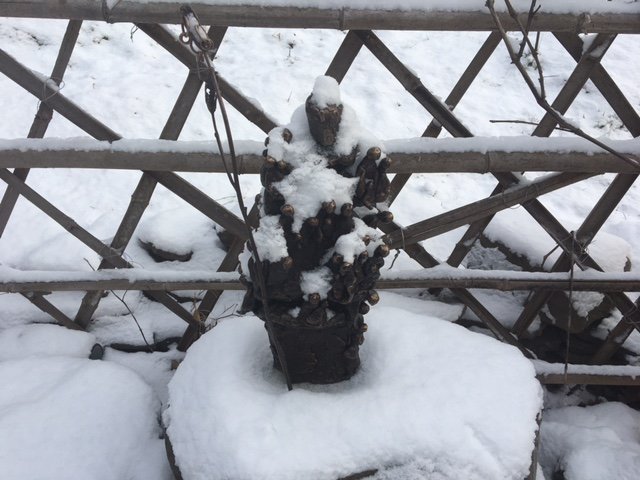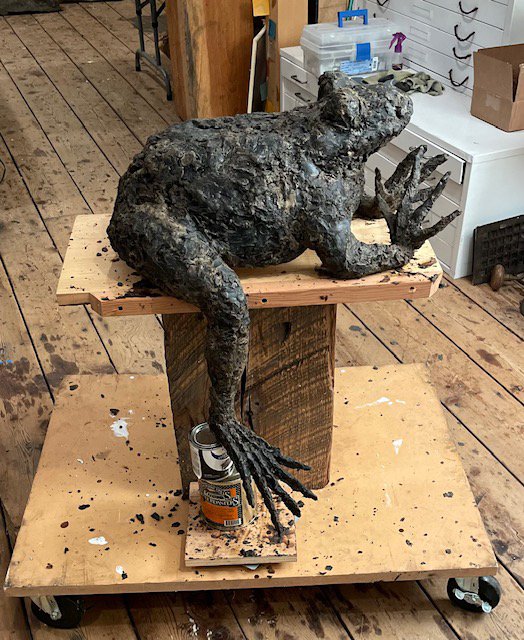Dear Friends,
The farming season is officially over! Whew! I haven’t written a blog for months. Not because I didn’t have time, but because the swirling activity was all geared towards outside, external, farm business, and necessary haste. I’ve written newsletters for Old Frog Pond Farm, but they promote the farm and encourage visitors. For blog writing, I like to travel on back roads, interior paths, to keep my finger on the pause button, to listen for thoughts that arrive in quiet moments and wend my way. A little like how I sometimes begin a sculpture. This morning I stayed in bed with my eyes closed and let the dreaming continue until seven! Instead of the darkness I was greeted with this view.
Sunrise Colors in the Pond
I share this poem by the great 13th century Chinese Zen Master Wumen, the compiler of The Gateless Gate koan collection.
Ten thousand flowers in spring, the moon in autumn,
a cool breeze in summer, snow in winter.
If your mind isn’t clouded by unnecessary things,
this is the best season of your life.
The great Zen master, Dogen Zenji, a 14th century philosopher, linguist, and poet, wrote in the fascicle, Uji, “The Time-Being.”
Since there is nothing but just this moment, the time-being is all the time there is. . . . Each moment is all being, is the entire world. Reflect now whether any being or any world is left out of the present moment.
Translated by Dan Welch and Kazuaki Tanahashi from The Moon in a Dewdrop, writings of Zen Master Dogen
Dogen’s Uji text is only a few pages long, but he completely twists and turns and challenges our view of time. As a teacher he wants us to realize the wonder and completeness of each moment and not be caught by the conventional view of time as a continuum. These and other writings about time are inspiring a new sculpture, The Keepers of Time, though the title is always provisional until it is complete.
It begins with a wheel, one of two old cart wheels leaning against the chicken coop. This wheel has eighteen spokes, six more than hours on a clock. The Timekeepers are women who will inhabit the wheel. I envision them placing the numerals for the clock in position around the perimeter of the wheel.
I'm not sure if the Timekeepers recognize that time is not an abstraction, but something they are creating. Do they know there is no time apart from their creating time? How will they each play with their hours, days, and weeks ahead?
How do I have more time to read and write? This thought arrived in my mind this morning? I held it as if it was lightly filled with helium. It had form. But as I stayed with my attention on this thought, it squirmed away. For a moment I couldn’t find it. Then as if it could slither like a ghost under a door, it appeared again. It wasn’t a shape any longer. It was detaching, losing meaning.
In mid-November I gave a Dharma talk, Time Present, at Zen Mountain Monastery. Writing this talk is what started me on this investigation of Time. If you’d like to listen click here.
Another new project is Two Chairs—Conversations with my friend, Lyedie Geer. Posted on the farm’s youtube channel are the first two videos of this new collaboration. In the winter of 2022, inspired by a purple velvet chair I inherited from my mother, and Lyedie’s blue chair, we decided to get together for conversation. We didn’t know where or what we were doing, but it was a treat to be together in person and talk as the pandemic was losing its grip First, I went to Putney, Vermont, with my mother’s chair in tow, then Lyedie traveled down to the farm and we sat in two chairs outside my studio near the pond.
In the first Two Chairs—Conversations, we explore Pruning—daring to make those difficult cuts—in the orchard and in one’s own life. In the second, Splash, we dig into the creative process as we talk about one of my new sculptures. We’re grateful to be working with David Shapiro, who also made our farm’s video.
Finally, I want to let you know Lyedie is an amazing coach of creative women. Until December 21st, she is accepting applications for the Bluebird award! I suggest if you have any desire to be encouraged and inspired in your creative life, click here to learn about the three-month pro-bono coaching program she is offering.
That’s it for now!
With love, Linda


